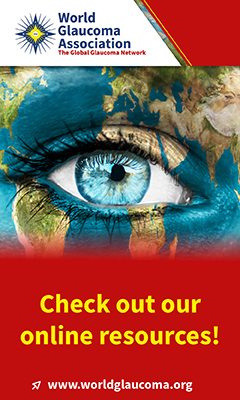advertisement

Abstract #20337 Published in IGR 10-1
Effects of antiglaucoma drugs on refractive outcomes in eyes with myopic regression after laser in situ keratomileusis
Kamiya K; Aizawa D; Igarashi A; Komatsu M; Shimizu KAmerican Journal of Ophthalmology 2008; 145: 233-238
PURPOSE: To assess effects of antiglaucoma drugs on refractive outcomes in eyes with myopic regression after laser in situ keratomileusis (LASIK). DESIGN: Prospective, nonrandomized clinical trial. METHODS: We examined 27 eyes with mean myopic regression ± standard deviation of -1.26 ± 0.48 diopters (D; range, -0.50 to -2.25 D) after LASIK. Nipradilol 2.5% was administered topically twice daily to these regressive eyes. We obtained the refraction (spherical equivalent, astigmatism), intraocular pressure (IOP) measurements, pachymetry, geometry, and refractive power of the cornea before and three months after treatment. RESULTS: Mean manifest refraction was improved significantly from -1.02 ± 0.52 D to -0.44 ± 0.39 D (P < .001). However, mean manifest astigmatism was changed from -0.55 ± 0.30 D to -0.49 ± 0.22 D, but the difference was not significant (P = .23). The IOP was decreased significantly from 11.4 ± 2.4 mmHg to 9.4 ± 1.3 mmHg (P < .001). Central corneal thickness was not changed significantly from 505.2 ± 39.3 μm to 503.6 ± 38.7 μm (P = .61). The posterior corneal surface was shifted posteriorly by 9.1 ± 8.2 μm, and the total refractive power of the cornea was decreased significantly, by 0.63 ± 0.62 D (P < .001), at three months after application. CONCLUSIONS: The preliminary data show that antiglaucoma drugs are effective for the reduction of the refractive regression, especially of the spherical errors, after LASIK. It is suggested that backward movement of the cornea may occur, possibly flattening the corneal curvature by lowering the IOP. Reduction of the IOP may contribute to improving regression after keratorefractive surgery.
Dr. K. Kamiya, Department of Ophthalmology, University of Kitasato School of Medicine, Kanagawa, Japan
Classification:
8.4 Refractive surgical procedures (Part of: 8 Refractive errors in relation to glaucoma)
11.1 General management, indication (Part of: 11 Medical treatment)
11.3.4 Betablocker (Part of: 11 Medical treatment > 11.3 Adrenergic drugs)

